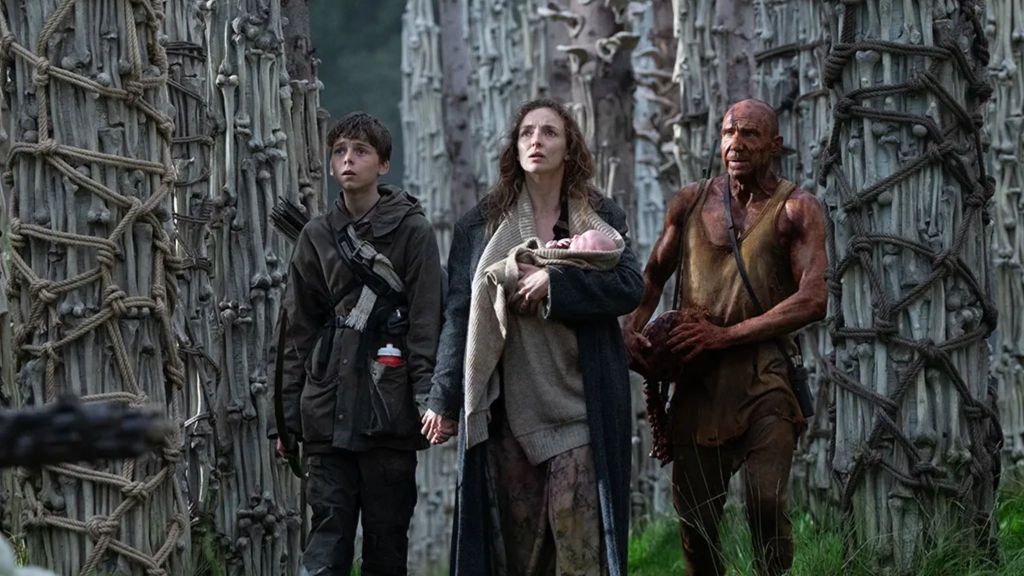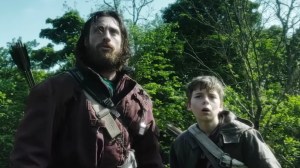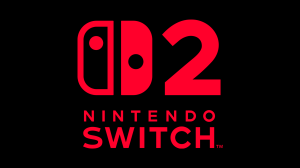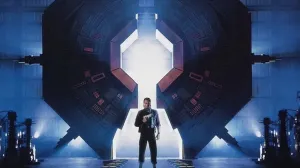The horror movie genre loves to focus on death. Slashers are all about murderers stalking their prey, while supernatural horror films like to touch on what happens to those who move on. Zombie movies are cut from the same cloth, but there’s something less final about them because, even when people die, they may not find peace on the other side, becoming a mindless husk that only has one goal: to kill. 28 Years Later, the third film in the Danny Boyle and Alex Garland-created franchise, is well aware of the impact death has. However, it bucks the trend by focusing just as much on what it means to live.
Videos by ComicBook.com
The following contains spoilers for 28 Years Later
28 Years Later follows a young boy, Spike, who wants nothing more than to see his mother, Isla, beat her mysterious illness. His dad isn’t much help because he’s already ready for his wife to die, but Spike won’t give up. He leaves his isolated village and sets off for the mainland with his mother to visit a doctor. Their journey isn’t a walk in the park, though, because infected are around every corner and an Alpha is hot on their trail. Spike and Isla get some help from a Swedish soldier, but he turns on them when they come across an infected who’s preparing to give birth.
Despite not being herself due to her illness, Isla stops to help the struggling woman, played by Celi Crossland. It’s a really powerful moment in a story that seems devoid of hope at times, and 28 Years Later star Jodie Comer can’t say enough good things about it.
While speaking exclusively to ComicBook.com, Comer revealed what the scene means to her and the rest of the creative team. “Yeah. Well, I think, I mean, that moment to me, I think to all of us, feels so profound and I think is probably going to indicates a huge shift or introduction of something going forward,” she said. “You know, that there’s this, this baby that is uninfected and provides this element of hope. It was amazing to be on set in that scene, wasn’t it? We shot that over two days. And Celi, who played the pregnant infected, was just so incredible.”
Comer also revealed that conversations with Boyle helped her understand Isla’s motivations during the tense sequence. “So we’d imagine that she probably helped with a couple of births, and there was something about the kind of primal scream of that pregnant infected that only she recognized something in that, that kind of raw that she had to go towards,” she explained. “And that’s why her kind of and I think also because of her illness and, you know, her kind of fractured sense of reality, she doesn’t understand the, I guess, the dangers within that, but also is able to kind of push them aside in order to be there for another woman that she sees who’s in need of help.”
Isla’s brave act is a major character moment, so it’s easy to see why Comer describes it as a “beautiful part of the movie.” What makes it stand out among all the death and heartache, though, is that it creates a legacy for Isla.
Isla Doesn’t Let the World Swallow Her Whole in 28 Years Later

After delivering the baby and escaping the Alpha, Spike and Isla finally reach Dr. Kelson, who diagnoses the woman with cancer. She doesn’t have long to live, so Kelson offers to let her go out on her own terms and rid herself of all the pain she’s dealing with. Isla goes through with it, and she leaves the baby with Spike because she knows he has a good heart and will do right by her. She’s right because Spike drops the baby off at his village before returning to the mainland, leaving a note that reveals her name is “Isla.” There’s no better way for 28 Years Later to honor a woman who puts everything on the line to save a life.
28 Years Later is in theaters now.
What did you think of the birth scene in 28 Years Later? Do you understand why Isla stopped and helped? Let us know in the comments below!









